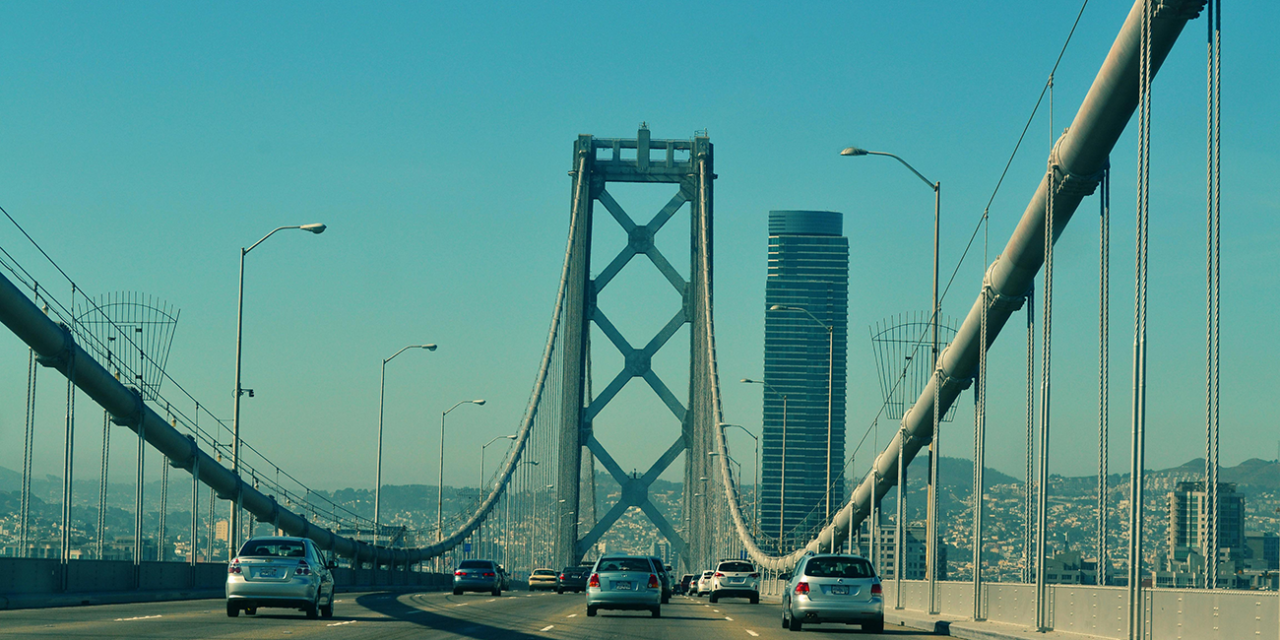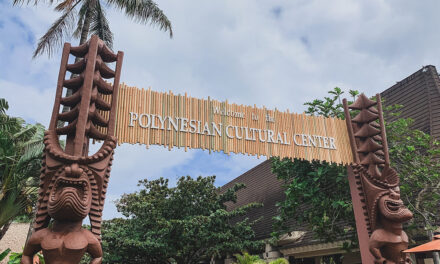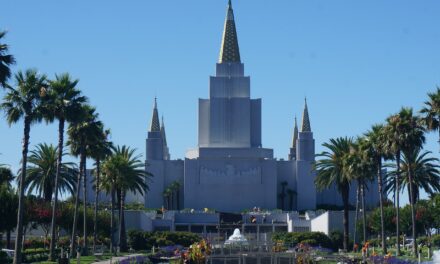Oakland, California, stands today as a bustling hub of commerce, culture, and community on the eastern shores of the San Francisco Bay.
The city’s vibrancy is rooted in a history as diverse and dynamic as its population. From its earliest days to its current status as one of the most ethnically diverse major cities in the country, Oakland’s story is one of transformation and resilience.
Table of Contents
The Native Foundations: The Ohlone Era
Ohlone People
Long before the city’s grid was laid out, the Ohlone people inhabited the oak-dotted landscape that would become Oakland.
Their rich traditions and deep respect for the natural environment set the foundational ethos of the region—a spirit of reverence for the land that continues to permeate the city’s modern ethos.
- The Ohlone were skilled hunters, fishers, and gatherers, living sustainably off the land.
- Their social structures and spiritual practices were closely tied to the natural world.
- Remnants of Ohlone culture, such as shell mounds and petroglyphs, can still be found in the area.
The influence of the Ohlone people is still seen in Oakland’s dedication to environmental conservation and community values.
The Spanish and Mexican Periods: A Land of Ranchos
Spanish and Mexican Influence
With the arrival of Spanish explorers and subsequent Mexican rule, the area established vast ranchos.
The Peralta family, among the first Spanish settlers, received the Rancho San Antonio land grant, stretching from present-day Berkeley to San Leandro, including much of what is now Oakland.
- The Spanish introduced European agricultural practices and livestock.
- Under Mexican rule, the ranchos flourished, with cattle ranching becoming a primary industry.
- The Peralta family’s adobe home, now a historical landmark, stands as a grand testament to this era.
The legacy of the Spanish and Mexican periods is evident in Oakland’s architectural styles and land use patterns.
The Birth of a City: Incorporation and Industrialization
Incorporation and Growth
Oakland’s official incorporation in 1852 heralded a new era of growth, spurred on by its advantageous port location and the transcontinental railroad’s completion.
The city rapidly industrialized, attracting a diverse workforce that set the stage for its eclectic and vibrant community character.
- The port facilitated trade and transportation, becoming a key economic driver.
- The transcontinental railroad’s completion in 1869 connected Oakland to the rest of the country.
- Industrialization brought a wave of immigrants, enriching the city’s cultural fabric.
Oakland’s incorporation and industrial growth laid the foundation for its development into a major urban center.
The 20th Century: Social Movements and Cultural Shifts
Social and Cultural Movements
Oakland became a central stage for significant social and cultural movements throughout the 20th century.
It was the heart of the shipbuilding industry during World War II, and later, in the 1960s, it birthed the Black Panther Party, marking the city as an influential locus for civil rights advocacy.
- The shipbuilding industry brought jobs and economic growth during WWII.
- The Black Panther Party, founded in Oakland, played a central and crucial role in the civil rights movement.
- The city’s diverse communities contributed to a rich cultural landscape, including music, arts, and activism.
The 20th century saw Oakland emerge as a beacon of social change and cultural diversity.
From Adversity to Revitalization: Overcoming Challenges
Revitalization Efforts
Despite facing economic and social challenges, including the Loma Prieta earthquake in 1989, Oakland has shown remarkable tenacity.
Efforts to revitalize neighborhoods and invigorate the economy have been met with enthusiasm and innovation as the city continually seeks to uplift its diverse population.
- The Loma Prieta earthquake prompted significant rebuilding and modernization.
- Community-led initiatives focused on economic development and social equity.
- Urban renewal projects have revitalized areas like downtown Oakland and Jack London Square.
Oakland’s resilience and commitment to revitalization have driven its transformation into a vibrant urban center.
Oakland Today: A Portrait of Diversity and Progress
Modern Developments
Oakland’s current narrative is one of progress, marked by an emphasis on inclusive development and cultural celebration.
The city is a proud mosaic of various ethnicities, contributing to a rich culture evident in its cuisine, festivals, and arts scene.
- The city’s culinary scene reflects its diverse population, with an array of international cuisines.
- Cultural festivals celebrate the heritage of Oakland’s various communities.
- The arts scene thrives with galleries, theaters, and public art installations.
Oakland’s modern identity is built on its rich cultural diversity and progressive spirit.
Q&A: Exploring the Depth of Oakland’s History
How has Oakland’s port influenced the city’s development?
The Port of Oakland, one of the busiest in the United States, has been a cornerstone of the city’s economy, facilitating trade and commerce and driving industrial growth. The port’s strategic location has made Oakland a crucial hub for international trade and logistics.
What impact did the Gold Rush have on Oakland’s early growth?
The California Gold Rush brought with it an influx of settlers and commerce to the region, catalyzing Oakland’s development as a transportation hub for miners and goods. The economic opportunities attracted diverse populations, laying the groundwork for the city’s growth.
How did the establishment of the transcontinental railroad impact Oakland?
The railroad connected Oakland to the rest of the country, spurring economic growth, increasing the population, and establishing the city as a vital link in national trade. This connectivity facilitated the movement of goods and people, boosting local industries.
In what ways did the Black Panther Party shape Oakland’s social and political landscape?
The Black Panther Party, founded in Oakland, brought national attention to the city’s civil rights struggle and fostered a legacy of activism and community programs that continue to influence Oakland’s social policies. The party’s initiatives in healthcare, education, and social justice have left a lasting impact.
How does Oakland’s diversity contribute to its cultural richness?
Oakland’s diversity is reflected in its arts, music, food, and community events, creating a vibrant and inclusive atmosphere that celebrates the multitude of cultures in the city. This cultural richness fosters a dynamic and engaged community.
What challenges does Oakland face today, and how is the city addressing them?
Modern challenges include housing affordability, infrastructure development, and ensuring equitable opportunities for all residents. Oakland addresses these issues through policy reform, community engagement, and urban renewal initiatives. Efforts to increase affordable housing, improve public transportation, and support local businesses are ongoing.
The Continual Reimagining of Oakland
Oakland’s history is a testament to the power of diversity and the impact of community-driven change.
As it looks to the future, the city carries the lessons and strengths of its past, ready to face new challenges and embrace opportunities. With each passing year, Oakland reimagines what it means to be a Californian metropolis, always striving to reflect the dreams and aspirations of its people.
What will the next chapter hold for Oakland, and how will the city’s residents shape its unfolding story? The future of Oakland is bound to be as dynamic and diverse as its past.





